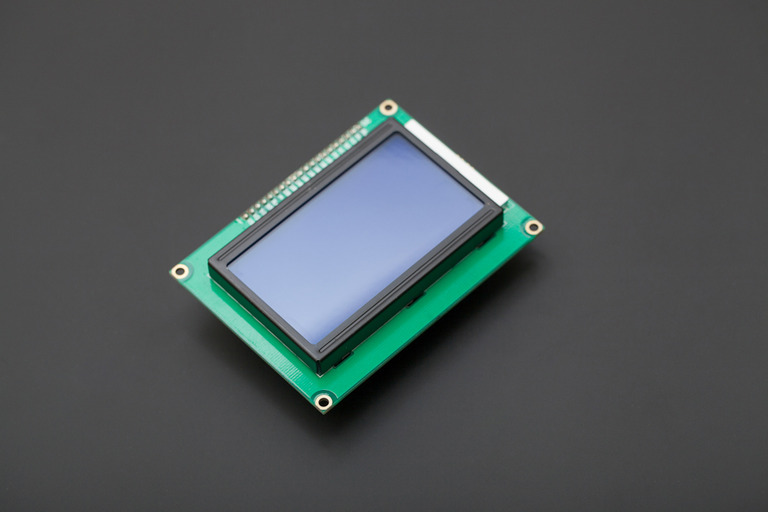Liquid Crystal Display (LCD) Modules Information
Blaze Display Technology Co., Ltd. | Updated: Nov 27, 2018
Liquid crystal display (LCD) modules are used at the component level in place of less efficient displays such as cathode ray tubes (CRTs). These modules do not include housing and must be incorporated into a larger instrument or system. Liquid crystal displays (LCD) belong to the class of nonemissive technologies, or displays that do not generate light of their own but control the transmission or reflection of an external light source.
A liquid crystal display utilizes two sheets of polarizing material with a liquid crystal solution between them. When an electric current is passed through the liquid it causes the crystals to align so that light cannot pass through them. Each crystal acts as a shutter, either allowing light to pass through or blocking the light. LCDs alter the optical path of light when an electric field is placed across the liquid crystal material.
Display Type
Liquid crystal display (LCD) modules can have a character or graphic display.
· Character displays can show only numbers or letters and numbers.
· Graphic displays are capable of displaying graphs and pictures. They are dot matrix displays.
·
Physical Specifications
Important physical specifications to consider for liquid crystal display (LCD) modules include character specifications, viewing area specifications, and external dimensions.
· Character specifications include number of lines in the display and the number of characters per line.
· Viewing area includes the width and the height.
· External dimensions of width, height, and length should also be considered.
·
Module Type
The type of liquid crystal display (LCD) modules defines how the display will look. It defines the character, the background color, and the character to background contrast. Types include twisted nematic (TN), super twisted nematic (STN), and film compensated super twisted nematic (FSTN).
Twisted nematic is the most basic LCD display. It is also the least expensive. It produces black characters on a gray background. It provides the smallest viewing angle.
Super-twisted nematic displays employ up to a 270-degree rotation. This extra rotation gives the crystal a much steeper voltage-brightness response curve and also widens the angle at which the display can be viewed before losing much contrast. Yellow - Yellow-green background with dark blue pixels. Gray - Light gray background with dark gray pixels. Blue is also available.
Film compensated super twisted nematic is the high end of LCD displays, and provides the best contrast. It produces black characters on a white background. It provides a good viewing angle. This technology is typically available only on the larger graphic modules.
Backlights for liquid crystal display (LCD) modules include electro luminescent (EL), light emitting diode (LED), and fluorescent lamp (CCFL). Electro luminescent and LED backlit LCDs are usable in all lighting conditions. Fluorescent lamp backlit LCDs are not usable in high ambient light conditions.
Some LCD modules do not have backlights; these are not usable in ambient light conditions. Liquid crystal display (LCD) modules may have built-in controllers and serial interface options.
Standards
BS EN 61747-3 -- Liquid Crystal Display Devices - Part 4-1: Matrix Colour Lcd Modules - Essential Ratings And Characteristics
IEC 61747-4-1-- Liquid Crystal Display Devices - Part 4-1: Matrix Colour Lcd Modules - Essential Ratings And Characteristics
SEMI D36 -- This standard is applicable to backlight units. The standard includes the terminologies of components used in backlight units, inspection and measurement used in backlight unit industry as well as panel and instrument industry. The other areas are handled in other SEMI standard documents.


